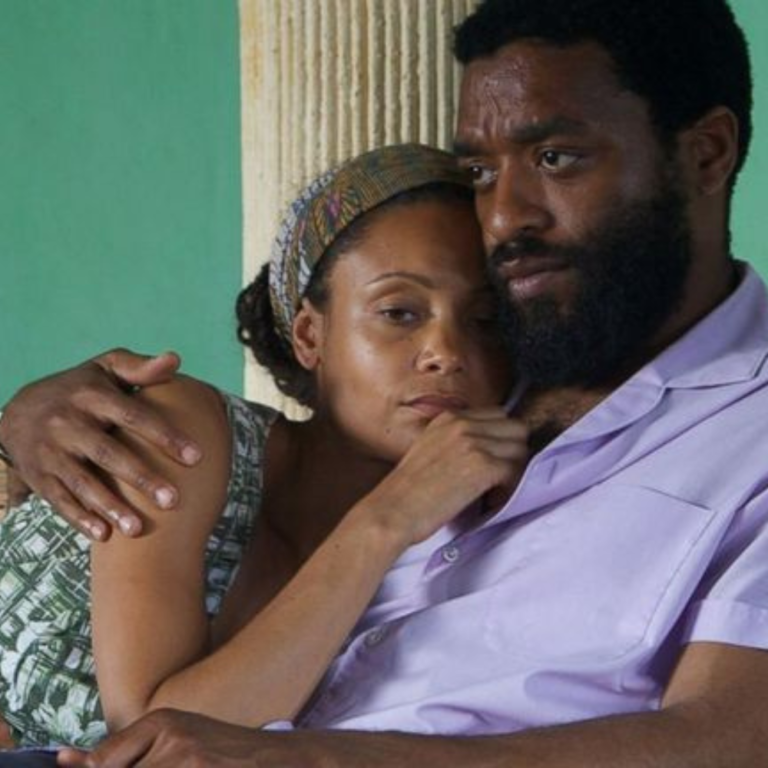Everyone likes to be celebrated, but gods and goddesses like it more. And it’s only right that they’re celebrated.
Ọ̀ṣun blesses her followers with wealth, health, beauty, healing, protection and children. So every August, for 12 days, no fewer than 60,000 people from across the globe visit the town of Osogbo in Osun state to honour the goddess of the river.
Here’s everything you need to know about Ọ̀ṣun and the festival that celebrates her.
White is the colour of the day
The Ọ̀ṣun priests and priestesses wear white robes in honour of the òrìṣà (deity) of fertility. They also plait their hair in the traditional way of olórìṣà (those who are initiated in a Yorùbá divinity).
The sacred Ọ̀ṣun rituals
This part of the festival is done in private by the Atáọ́ja (traditional leader of Osogbo) and Ọ̀ṣun devotees, to reaffirm the sacred bonds and reopen communication between the goddess and her people.
Iwo Popo
The town’s main road is cleared of weeds to welcome visitors into Osogbo. And traditional security is provided to make them feel safe. Iwo Popo is also symbolic of the mission to find an alternate water source that led our ancestors to clear a path in the Osun grove and discover the Osun river.
The Osun Osogbo festival kicks off with the traditional cleansing of the city of Osogbo called ‘Iwo popo”. The Iwopopo rite signifies the official commencement of the festivities to celebrate the Osun river goddess with pomp and pageantry.
The Ataoja of Osogbo leads the Osogbo Cultural Heritage Council, traditional chiefs, worshippers, devotees, government officials, and residents of Osogbo in a symbolic cleansing of the city.
Lighting the 16-point lamp
This ancient lamp called Atupa Olojumerindinlogun is made of brass. The trays are filled with palm oil and cotton wool and set to burn for a week. The lamp has great significance. While exploring the forest, the founders of Osogbo came across a group of spirits dancing around the lamp. They seized the lamp from the spirits, but when the goddess heard about it, she made them promise to celebrate the lamp just as the spirits did.
Bells to call on the goddess
The devotees use a brass or bronze bell called ààjà when offering prayers to Ọ̀ṣun. The bell sound draws the attention of the goddess to her people. Many ritual items made of copper alloy symbolise the river deity.
The water is sacred
Traditionalists believe that the Ọ̀ṣun river water, called agbò by devotees, is sacred. They believe the òrìṣà helps those who take her water, and that it has healing properties.
Ẹ̀yọ̀ masquerades
Traditionalists from all over the country take part in the procession and subsequent rituals, including the white-clad Ẹ̀yọ̀ masquerades. They represent the spirits of the dead and are a delegation from Lagos.
The Arugba Osun march
A virgin of royal blood walks to the grove with a symbolic calabash containing sacrificial items on her head. Her olose (whip boys) make sure she does this without stumbling or falling. The Atáọ́ja offers the sacrificial items to the goddess by throwing them into the river, and this officially marks the end of the Osun festival.




